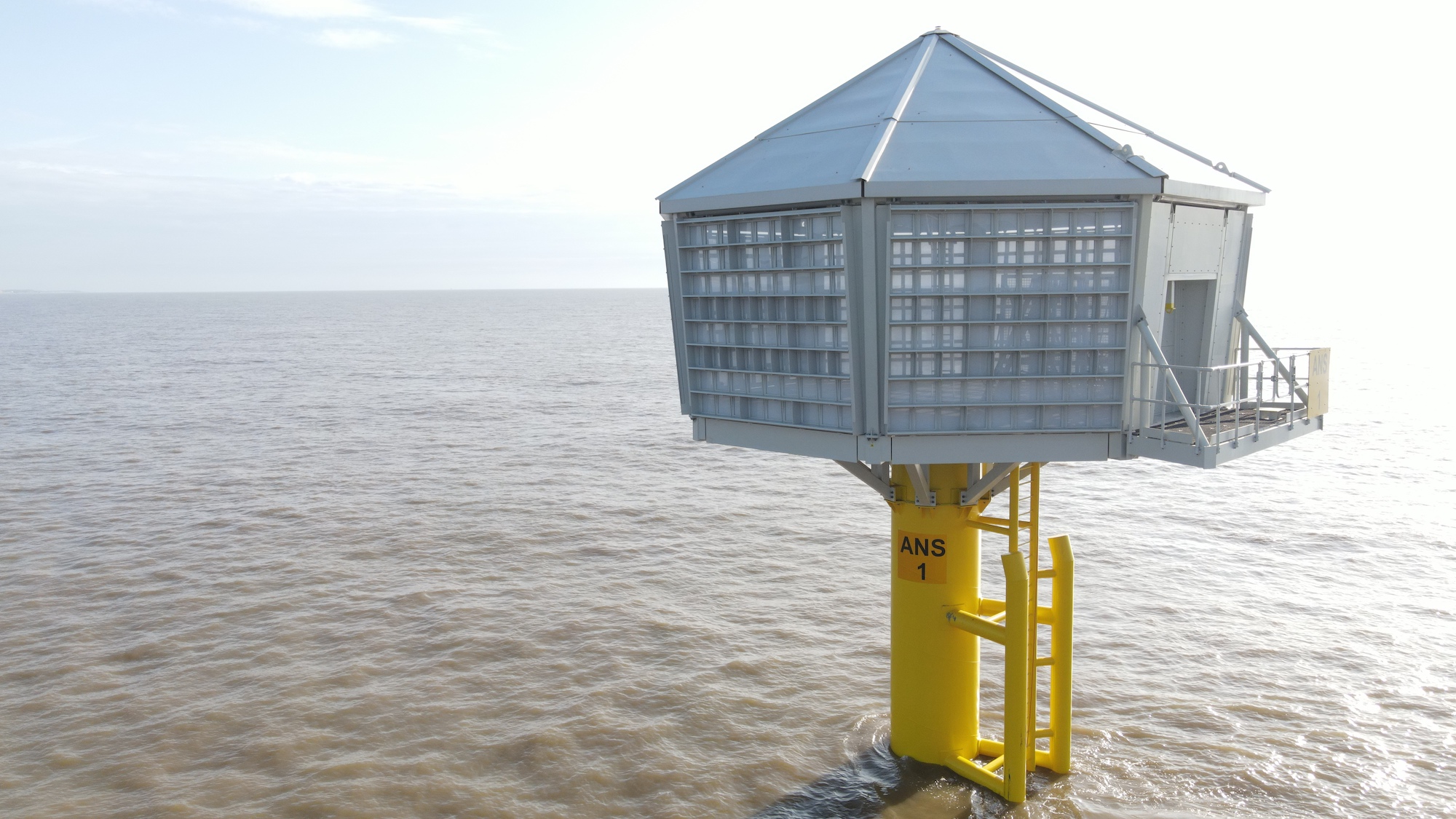

A major offshore wind farm provider has just completed the construction of three massive artificial nesting structures (ANS) along England’s East Coast. The trio of massive bird houses is part of an agreement to protect a local, endangered seabird—the black-legged kittiwake gull. According to an announcement from UK-based marine contractor Red7Marine, each structure can house 500 nests for the gulls. The contractor hopes they will provide researchers with the means to monitor the bird population’s health over the course of the farm’s entire lifespan.
One of wind farms’ central drawbacks are their impacts on local bird populations, particularly the effects of off-shore turbines on vulnerable seabirds. And while climate change undoubtedly remains these species’ biggest existential threat, mitigating these unintended byproducts of green infrastructure expansion is key to ensuring a responsible transition towards a sustainable future.
[Related: When wind turbines kill bats and birds, these scientists want the carcasses.]
That outlook was central to the approval of the UK’s Hornsea 3 offshore wind farm, which is the country’s first turbine project to require “ecological compensation,” according to sustainable technology site Electrek on Friday. Once completed in 2025, Hornsea 3 will provide roughly 2.85-gigawatts of power to the country—enough to power over 3 million homes. Before that can happen, however, the Danish wind farm company Ørsted partnered with Red7Marine and others to design and erect the new kittiwake apartment complexes.
The three ANS are located less than a mile off the coast of England, and required a pair of “jack-up” barges alongside a host of other tools to build. According to Red7Marine, a team of architects, engineers, and ecologists collaborated to design the artificial eight-sided nesting walls, which feature narrow ledges to replicate kittiwakes’ natural cliffside habitats. The main structure is also intentionally painted off-white to blend in with both the ocean and sky, while the interior is furnished with tables, chairs, and whiteboards for researchers visiting the locales. Each nest nook also includes sliding Perspex paneling to allow for unobtrusive monitoring of the kittiwakes.
“Kittiwake are listed as at risk from extinction and with climate change as a key driver to their decline, a move towards a green energy system could help considerably in the long-term conservation of the species,” Ørsted’s environmental manager Eleni Antoniou said in a statement provided to Electrek. “In the meantime, the provision of these structures will provide a safe, nesting space to enable future generations to raise young away from predators and out of town centers.”
